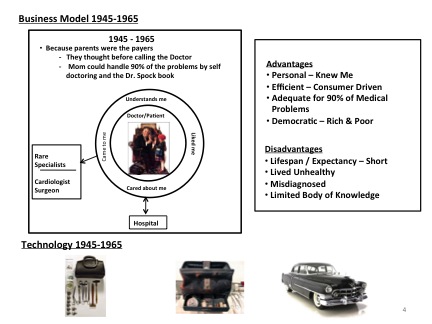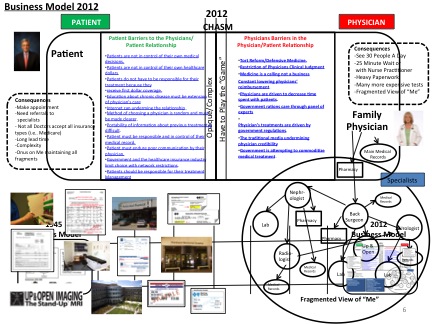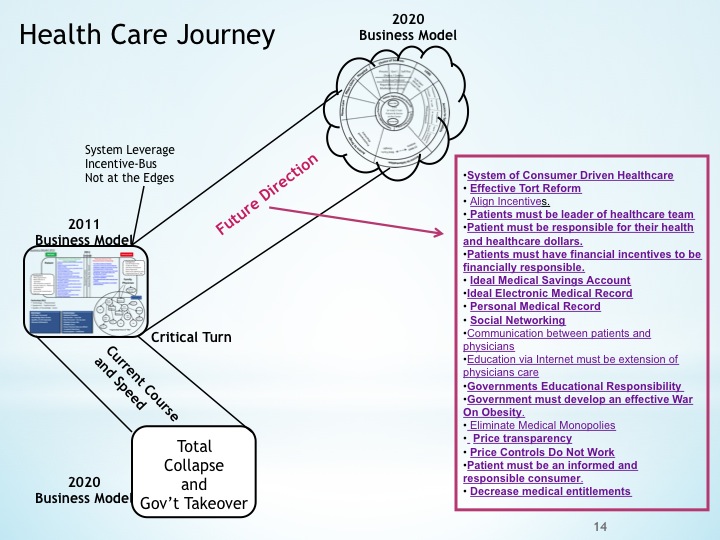There are so many parts of Obamacare that are failing it would be impossible to describe each failure in a single blog..
President Obama and his administration keeps telling the American people that Obamacare is working great. It is here to stay.
I cannot believe Americans believe him. I cannot believe he thinks Obamacare is doing great.
It could be true that everything is going great for him if he wants Obamacare to fail and cause hardship for millions of Americans.
At that point Americans would beg President Obama or another progressive president loke Hillary Clinton to institute a single party payer system.
A single party payer system has been Hillary’s dream since Hillarycare 1993. Now she is saying she wants a private insurance based system. The purpose of this statement is to neutralize (freeze) her free market system critics.
Once more America is being exposed to Hillary Clinton’s use of a typical Saul Alinsky tactic. The tactic in his “Rules for Radicals” is to freeze your opponent by stating his position as yours even if it is a lie.
Hillary wrote her senior Wellesley College thesis on Saul Alinsky and “Rules for Radicals”. She also became a big fan and good friend of his.
Hillary Clinton and President Obama know Obamacare is failing. They are just waiting for the tipping point. The tipping point will be when the American people say please help us and give us a single party payer system.
At that point we will hear the typical gee shucks, I guess we will have to try a single party payer system.
A single party payer system will be a bigger financial and patient care disaster than what we have now.
The data on the first week of applications for Obamacare’s healthcare.gov was announced to the rave reviews by the Obama administration.
Since few pay attention to the actual numbers President Obama can get away with the lie.
The CBO predicts 19 to 21 million will sign up for Obamacare for 2016. The administration estimates they are going to have 9.1 to 11 million enrollees for 2016.
The Obama administrations estimate is 30% lower than the announce 13 million enrollees in 2015. In reality only 9.7 million enrollee paid for healthcare insurance through healthcare.gov 2015. Of those 9 million only 6.5 million kept their insurance premiums current for the entire year.
The www.acasignup.net quoted the Obama administrations claim that 595,590 filled out applications to get price insurance quotes. Only 8% of the reported applicants or 47,243 paid their first month’s premium for 2016.
These numbers are not a cause for celebration unless you want to misinform the public by claiming a successful first week enrollment.
Let’s do the math. The enrollment period for 2016 is from November 1st until December 31st 2015 or eight and one have weeks with four major holidays, Veterans Day, Thanksgiving, Christmas and New Years.
Let us the assume all 600,000 that filled out applications will pass the application requirements and pay their assigned premium for each month. Let us also assume the average weekly application rate is 600,000 per week for the 81/2 weeks. The grand total enrollees would be 5.1 million enrollees for 2016. This is 4.5 million less paid enrollees than in 2015.
There was an attrition rate 2% a month in 2015. President Obama extended the enrollment period several times to get more people to sign up.
2015 FULL YEAR ENROLLMENT/ATTRITION RATE TABLE PROJECTION:
2014 FULL YEAR ENROLLMENT/ATTRITION RATE TABLE (FINAL):
It is clear that President Obama’s victory laps celebrating the success of Obamacare is unwarranted.
However the media is the message. He controls and manipulates the media. It would have been much easier to provide Medicaid and CHIP coverage to the poor outright than destroying the healthcare system with changes that are not working.
The final enrollment for 2014 was 6,338,622 not over 13 million. The final enrollment for 2015 was 9,736,350 and not over 13 million. This is a net gain of 3.5 million new paying enrollees in 2015.
This year the Obama administration estimates that 9 million will purchase insurance through the health insurance exchanges. At the present rate only 5.1 million will purchase insurance for 2016 at the end of the enrollment period December 31, 2015.
The CBO’s estimate was 19-21 million paid enrollees.
It does not represent a very successful net gain when the government publishes that there are 34 million uninsured Americans. No one knows if the 90 million unemployed Americans are counted in the number uninsured.
All anyone hears is the Obama administration’s reasons our taxes, and insurance premiums are going up, while our insurance coverage is going down. The Obama administration is blaming the healthcare insurance industry and Republicans.
President Obama has used, with the help of the mainstream media, the Saul Alinsky tactic to freeze opponents by shocking them with unsustainable factoids.
The Avalere Health consultancy’s analysis of 2015 signup data showed surprisingly weak ObamaCare enrollment at modest income levels. At between 150% and 200% of the poverty level, just 41% of those eligible signed up for coverage. The number falls to 30% among those between 200% and 250% of the poverty level.
In 2016 President Obama is going to penalize people that do not have healthcare insurance.
It’s now clear that the actual impact of ObamaCare’s individual mandate tax penalty will be far worse than the benign intent that the Obama administration claimed.
“What we’re talking about is a penalty for the few people who will refuse to buy health insurance — even though they can afford it — and who expect the rest of us to pick up the tab for their care,” a September 2009 White House defense of the individual mandate states.”
Reality should be coming into focus by now for the average American taxpayer and the poor. Obamacare is ripping everyone off.
“The mandate’s primary impact will be to compel low-income households to buy bronze coverage with deductibles of up to $6,850 per adult that are well beyond their capacity to afford. “
Even after these poor people pay the $6,850 deductible they have a 40% deductible on the rest of the billing.
Who said poor people are too stupid to handle their own money and be responsible for their healthcare dollars?
They are smart enough to know the government is ripping them off.
George Shore101 • 3 months ago
“If the Obama administration and Democrats love the poor why did they force the poor to purchase something they can not afford and then penalize them for not being able to afford it?”
It is a horrible thought to think President Obama is working to make the poor poorer and make the healthcare system fail the American people.
It looks like he is. His plan to replace it with a single party payer system will result in a bigger failure.
Why are Republicans just standing around doing nothing? Why don’t they publicize my Ideal Medical Saving Accounts?
The opinions expressed in the blog “Repairing The Healthcare System” are, mine and mine alone.
All Rights Reserved © 2006 – 2015 “Repairing The Healthcare System” Stanley Feld M.D.,FACP,MACE


